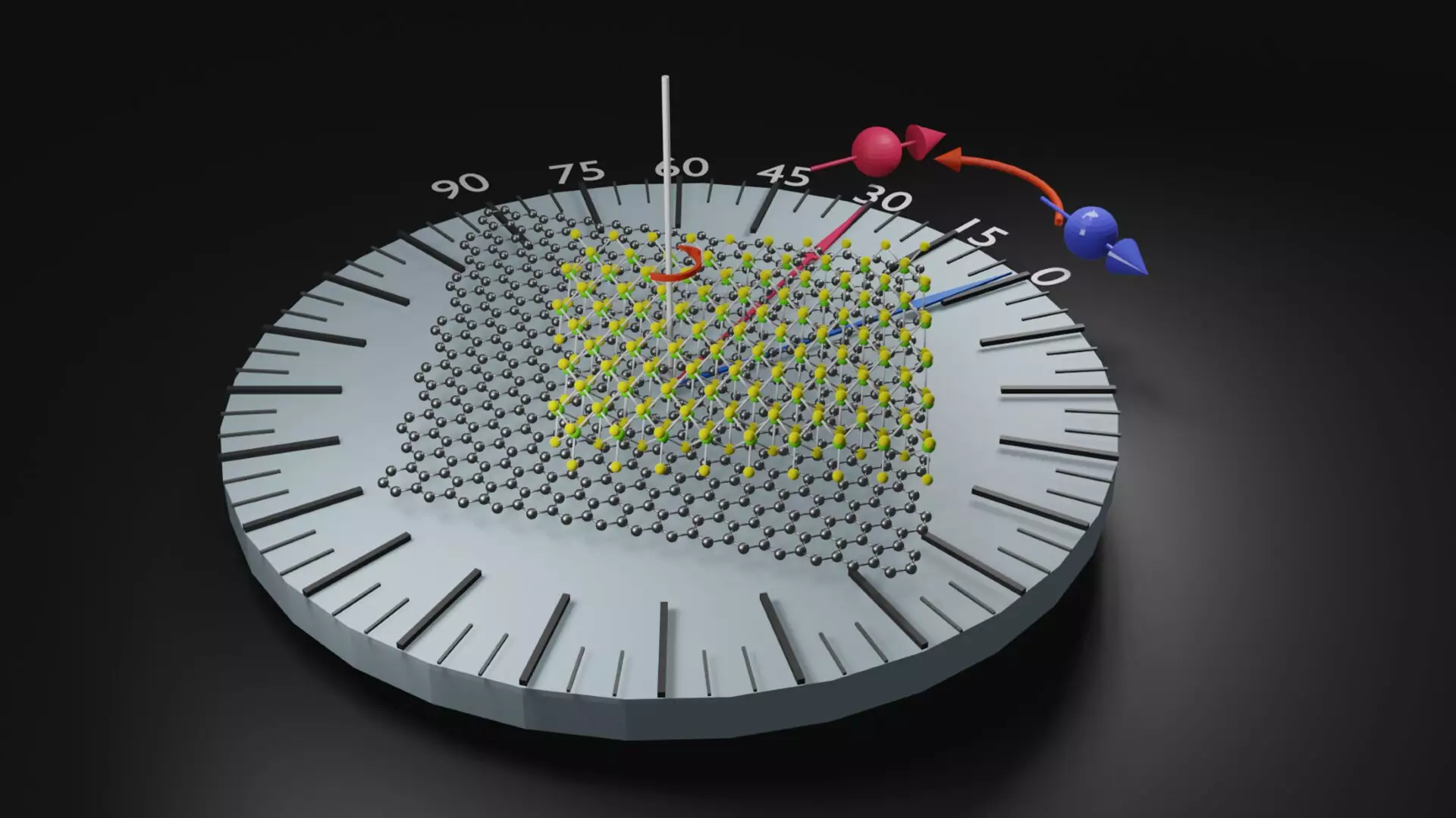A groundbreaking discovery in the field of spintronics has emerged from a collaborative research effort between the Charles University of Prague, the CFM (CSIC-UPV/EHU) center in San Sebastian, and CIC nanoGUNE’s Nanodevices group. This research has resulted in the creation of a new complex material with unique properties that hold great promise for the advancement of electronic devices.
The exploration of two-dimensional materials with distinct characteristics has sparked a wave of interest in the scientific community. By stacking two layers of these materials to form a heterostructure, researchers have unlocked new possibilities for manipulating the properties of these materials. Recent studies have shown that even minute rotations of these layers can lead to significant changes in the behavior of the heterostructure.
Key Findings of the Research
The focus of the study conducted by the Nanodevices group at nanoGUNE was on the stacking of two layers of graphene and tungsten selenide (WSe2). Through meticulous experimentation, the researchers discovered that by precisely aligning and rotating the two layers, a spin current could be generated in a specific direction. This manipulation of spin currents is crucial for the advancement of spintronics, which aims to leverage the spin of electrons for information processing.
Overcoming Limitations in Spintronics
Spin currents in traditional electronic devices are typically transferred perpendicular to the flow of electric current, posing a significant challenge in spintronics applications. However, the research led by Professor Félix Casanova demonstrates that by utilizing specific materials and employing a precise rotational alignment, new spin-related properties can be harnessed. This breakthrough suggests that the inherent limitations in spin manipulation can be effectively overcome through innovative material design.
The implications of this research are vast, as it paves the way for the creation of novel and more efficient electronic devices that integrate magnetic memories into processors. By capitalizing on the emerging properties of complex materials, researchers are poised to revolutionize the field of spintronics and usher in a new era of electronic innovation.
The collaborative efforts of research institutions have yielded a profound understanding of the potential of complex materials in the realm of spintronics. Through strategic material design and precise manipulation techniques, researchers have unlocked a host of new possibilities for advancing electronic devices. This research not only expands our knowledge of spin-related phenomena but also sets the stage for transformative developments in the field of electronics.


Leave a Reply